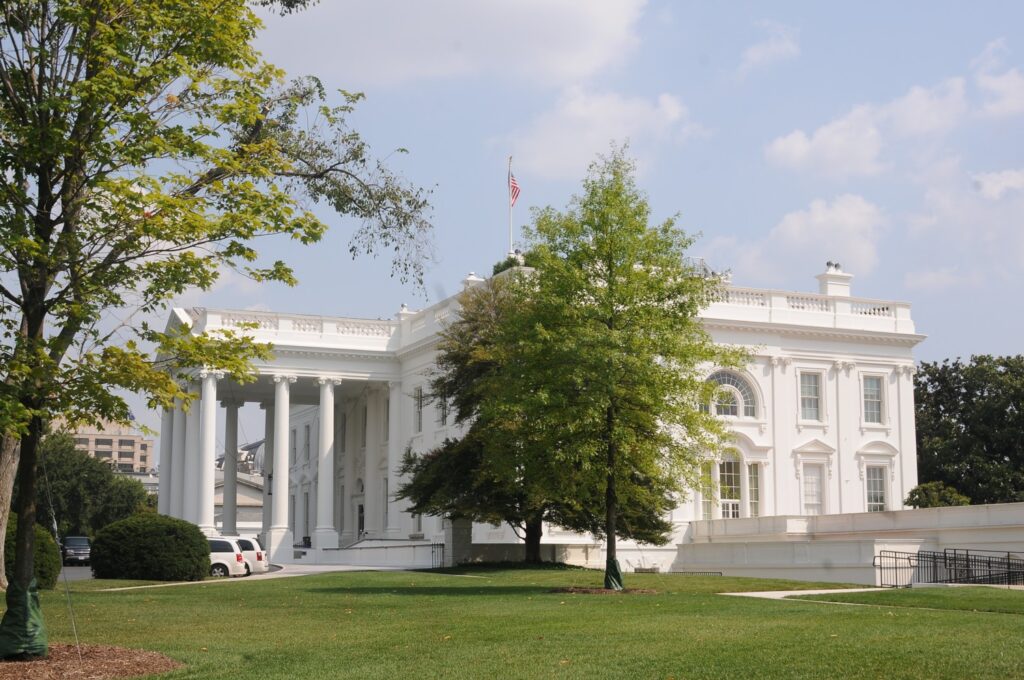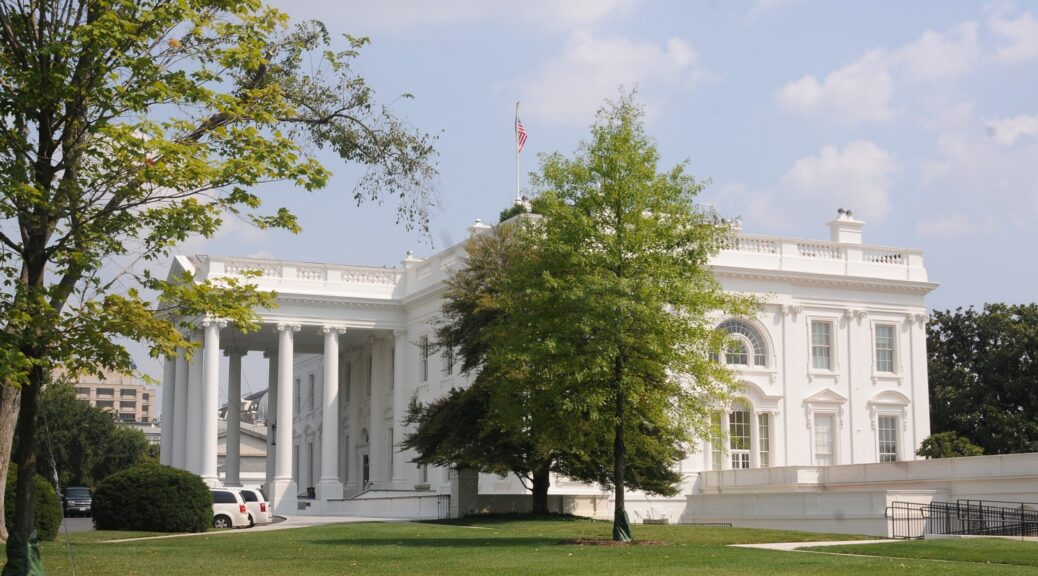
In a nutshell, President Joe Biden’s “Build Back Better” agenda comes down to this: seizing this rare opportunity to grow the economy in such a way so that all benefit, or continuing a system that benefits a small slice of society while holding back the rest, states a “memo” from White House Senior Staff to “Interested Parties”. Re: “The Generational Choices in Front of Us to Grow the Economy for All”
Memo: The Generational Choices in Front of Us to Grow the Economy for All
To: Interested Parties
From: White House Senior Staff
America is at a crossroads right now: whether to create sustained economic growth that benefits everybody by addressing the challenges that have held back working families for decades, or maintain the status quo of a failed strategy to invest government resources in tax cuts for large corporations and the wealthy.
The choice in front of us is simple. We can pass a plan that 17 Nobel Prize winning economists last week said would boost our economy and ease long-term inflationary pressures. We can pass a plan that last week the Economic Policy Institute said would support 4 million jobs per year over the decade. Or we can prioritize the interests of the wealthiest Americans and most profitable corporations over building an economy that works for everyone.
These are the choices in front of us:
1. We can continue to give the wealthiest 0.1% of households – those making $2 million a year – an annual tax cut of $36,000…
…OR we can dramatically reduce child poverty by providing a tax cut to nearly 40 million households and the parents of 90% of American children through a historic expansion of the Child Tax Credit.
- Economic impact: Last week, 450 economists, including four Nobel Prize winners, highlighted in an open letter the clear evidence of the economic benefits of the CTC – including higher long-term earnings for children in families receiving credit. This led the economists to conclude that “the net cost to taxpayers of the expansion has been estimated to be as little as approximately 16 cents for every $1 of new benefits.”
2. We can let pharmaceutical companies continue to raise prices on drugs that we depend on and allow nearly 1 in 4 Americans to struggle to afford prescription drugs…
…OR we can lower drug costs by allowing Medicare to negotiate prescription drug prices, expand health care coverage to 4 million uninsured people, and reduce health insurance premiums – saving 9 million people an average of $50 per month.
- Economic impact: Reducing drug and healthcare would mean putting more money in Americans’ pockets that they can use to drive demand for U.S. goods and services. And, studies show that making health care more affordable enables more Americans to work, boosting employment and expanding the labor market.
3. We can let the wealthiest 1% of Americans evade $160 billion per year in taxes…
… OR we can enforce our existing tax laws and invest that money to make universal preschool a reality – benefiting more than 5 million families and bringing down the crushing costs of child care for middle class families, which will help the average family save $13,000 per year.
- Economic impact: Investing in universal preschool would help grow our economy for generations to come: research shows that every dollar invested in high-quality early childhood programs for low-income children yields more than $7 in benefits. The Economic Policy Institute study released last week projected that the President’s plan would support 1.1 million caregiving jobs per year this decade.
4. We can continue to allow large, profitable corporations to take advantage of tax loopholes…
… OR we can require big corporations to finally pay their fair share and use that money to invest in small businesses – the engine of our economy in communities throughout the country.
- Economic impact: Supporting small businesses would help grow our economy in a way that benefits everyone: small businesses account for 44% of U.S. GDP, create two-thirds of net new jobs, and employ nearly half of America’s workers.
5. We can continue to let 55 Fortune 500 companies pay $0 in taxes on more than $40 billion in profits per year…
…OR we can eliminate loopholes like the ones that allow companies to shift jobs and profits overseas and use that money to address the threat of climate change and make critical investments so that our communities are more resilient against extreme weather events. These companies have said we need to take on the existential threat of climate change; now they face a real choice – pay a little more or continue to allow extreme weather events to devastate communities around the country.
- Economic impact: Last year alone, the United States faced 22 extreme weather and climate-related disaster events with losses exceeding $1 billion each – a cumulative price tag of nearly $100 billion. The climate investments in the Build Back Better plan would support more than 750,000 green jobs per year over the coming decade, and prevent economic shocks brought on from extreme weather events.
6. We can allow the middle class to be taxed more for their work than the richest are taxed on their investment income…
…OR we can ask the top 0.3% to pay a higher tax rate on their investment income and use that money to drive down housing costs for the 10.5 million renters paying more than half of their incomes on rent and boost housing supply with the construction or rehabilitation of more than two million homes.
- Economic impact: Boosting housing supply would help grow the economy in a way that benefits everyone: one study found that supply constraints in the housing market cost more than $400 billion in lost economic output each year.
7. We can keep the corporate tax rate for the top 1% most profitable corporations at the lowest rate it has been since World War II…
…OR we can make a modest increase to the corporate tax rate and use that money to reduce the crushing cost of child and elder care for middle class families. The President’s child care proposal would provide high-quality child care for children up to age 5, saving the average family $14,800 per year.
- Economic impact: Investments in child care improve worker productivity, workforce participation, family incomes, and business revenue. One study found a $57 billion annual cost to the economy due to child-care related lost earnings and productivity.
8. We can accept a tax system where a teacher pays a higher tax rate than a hedge fund manager…
…OR we can restore fairness in our tax code and expand paid family and medical leave to the nearly four in five private sector workers and 95% of lowest wage workers who currently lack it – so that millions of Americans no longer have to decide between keeping their jobs or caring for loved ones and their personal health.
- Economic impact: Comprehensive paid and medical leave policies would increase labor force participation and lead to better outcomes for workers and businesses. The adoption of a paid leave program is associated with a 4.6% increase in revenue per full-time employee and 6.8% increase in profit per full-time employee.
The President believes that these choices are easy. He chooses leveling the playing field to ensure the wealthiest individuals and most profitable corporations pay their fair share and working-class families get a fighting chance to succeed and prosper. He chooses tackling the existential threats facing our country and making investments to position our nation for success for generations to come. These are the choices we face now.

